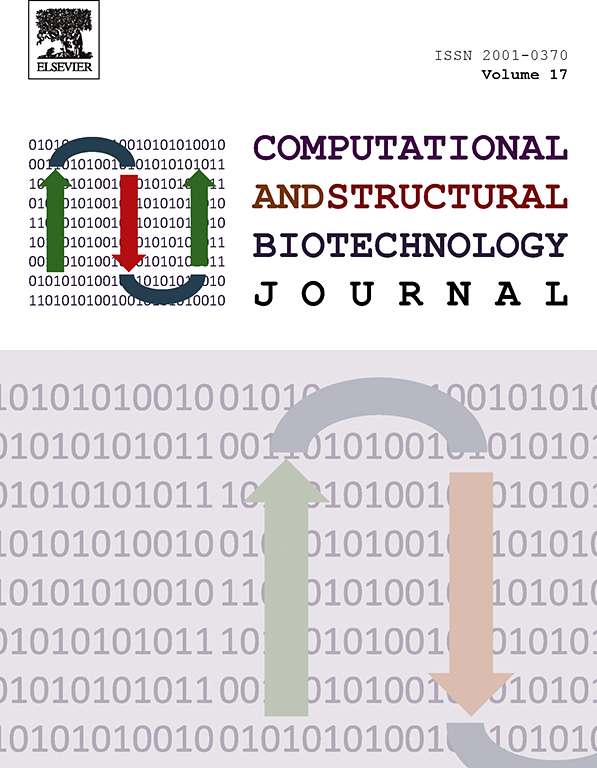|
Authors
Ondono, Raul ; Lirio, Ángel ; Lirio, Ángel ; Elvira, Carlos; Álvarez-Marimon, Elena; Provenzano, Claudia; Cardinali, Beatrice; Pérez-Alonso, Manuel; Perálvarez-Marín, Alex; Borrell, José I. ; Elvira, Carlos; Álvarez-Marimon, Elena; Provenzano, Claudia; Cardinali, Beatrice; Pérez-Alonso, Manuel; Perálvarez-Marín, Alex; Borrell, José I. ; Falcone, Germana; Estrada-Tejedor, Roger ; Falcone, Germana; Estrada-Tejedor, Roger
|
Abstract
Myotonic Dystrophy type 1 (DM1) is an incurable neuromuscular disorder caused by toxic DMPK transcripts that carry CUG repeat expansions in the 3′ untranslated region (3′UTR). The intrinsic complexity and lack of crystallographic data makes noncoding RNA regions challenging targets to study in the field of drug discovery. In DM1, toxic transcripts tend to stall in the nuclei forming complex inclusion bodies called foci and sequester many essential alternative splicing factors such as Muscleblind-like 1 (MBNL1). Most DM1 phenotypic features stem from the reduced availability of free MBNL1 and therefore many therapeutic efforts are focused on recovering its normal activity. For that purpose, herein we present pyrido[2,3-d]pyrimidin-7-(8H)-ones, a privileged scaffold showing remarkable biological activity against many targets involved in human disorders including cancer and viral diseases. Their combination with a flexible linker meets the requirements to stabilise DM1 toxic transcripts, and therefore, enabling the release of MBNL1. Therefore, a set of novel pyrido[2,3-d]pyrimidin-7-(8H)-ones derivatives (1a-e) were obtained using click chemistry. 1a exerted over 20% MBNL1 recovery on DM1 toxic RNA activity in primary cell biology studies using patient-derived myoblasts. 1a promising anti DM1 activity may lead to subsequent generations of ligands, highlighting a new affordable treatment against DM1.
|

WoS
Scopus
Altmetrics
  
|
